A cry for the endangered curlew – and what can be done to save it
Britain’s largest wader could disappear within years unless we take action, says Alastair Jamieson

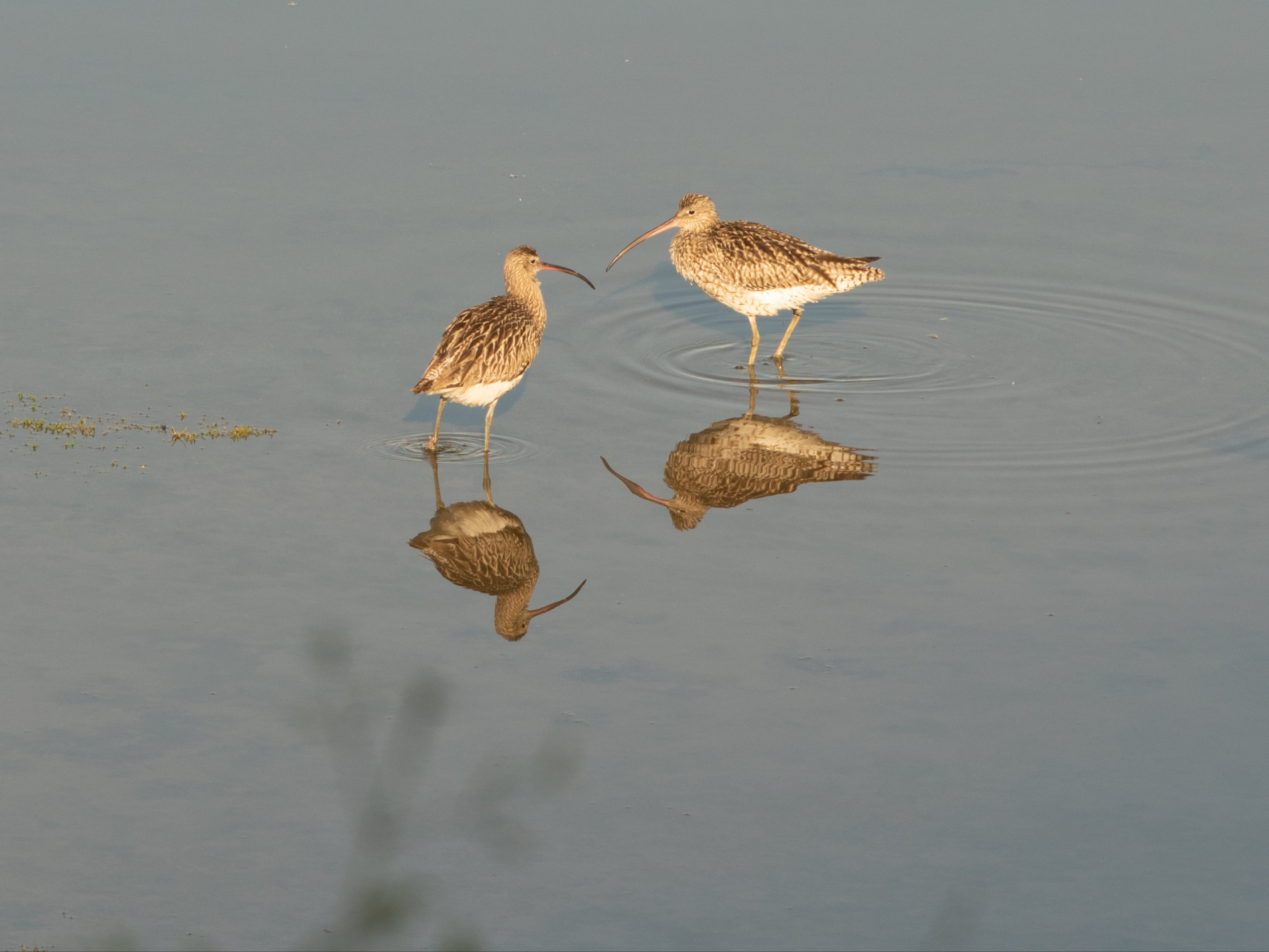
Its melancholic, haunting warble can be heard for miles – even across the most blustery wind. But the distinctive curlew, once a common sound on Britain’s moors and coasts, is one of our most endangered bird species.
Rapid changes to countryside habits around the world mean the Eurasian Curlew is on the “red list“ of most threatened UK species and could disappear from our shores altogether within a decade. Conservationists report a catastrophic decline in breeding populations, as the open meadows and grasslands where ground-nesting curlews keep their eggs are increasingly turned over for forestation to fight the climate crisis or intensive farming.
Britain is of global importance to the curlew, with around 30 per cent of Europe’s population wintering here, while its higher moorlands were once ideal for spring and summer breeding. Since the 1980s, England and Scotland have lost 60 per cent of their curlews, while Wales has seen numbers fall by more than 80 per cent. In Ireland, there were 5,000 breeding pairs as recently as the 1990s; now there are 105.
In many lowland areas and unmanaged moorlands, curlews are already near or locally extinct; their unmistakable bubbling call – once an indication of spring as familiar as the cuckoo – is in danger of being silenced.
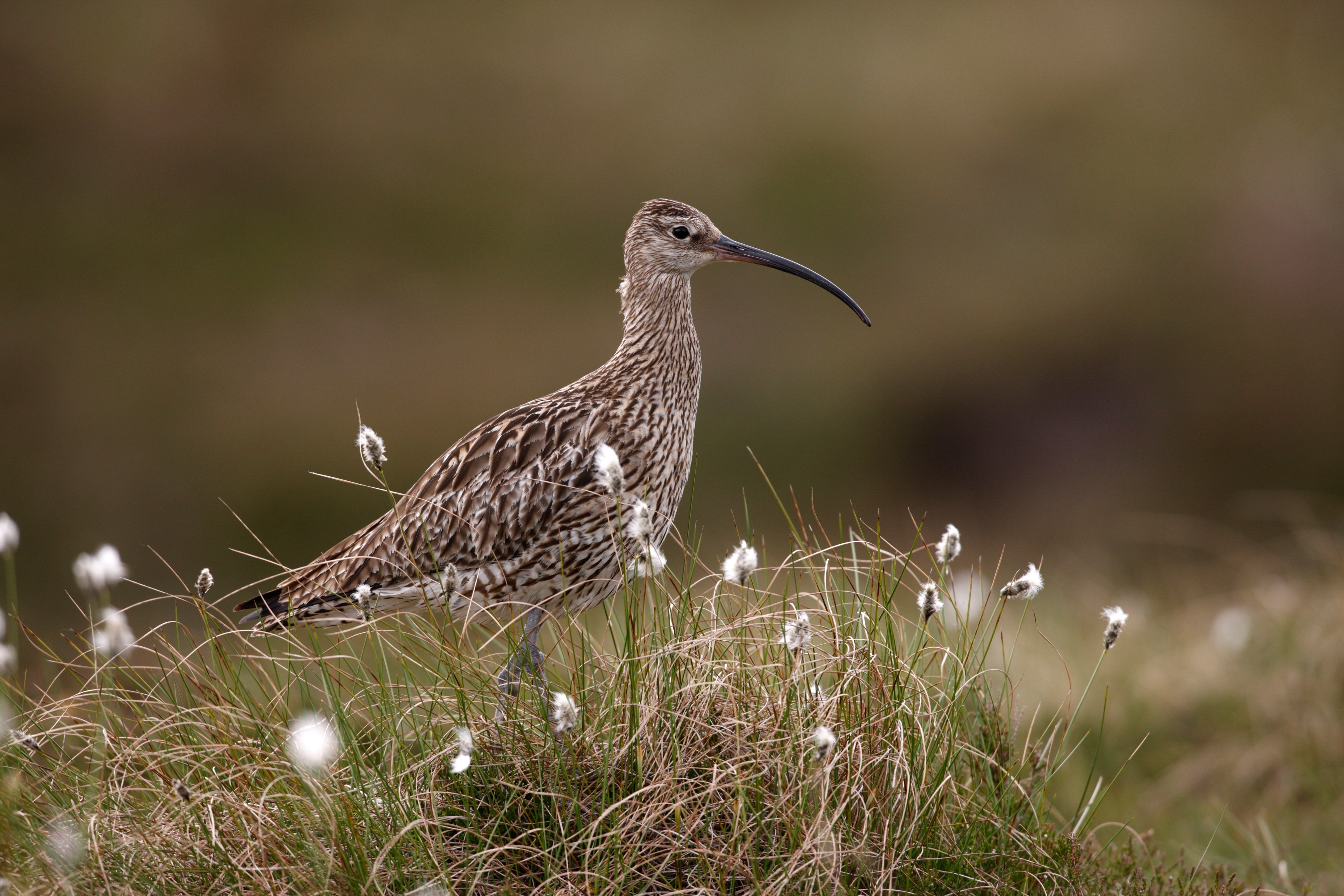
But some help is on the way for Britain’s largest wader. Today, award-winning nature writer, wildlife programme producer and conservationist Mary Colwell will join singer-songwriter David Gray, patron of charity Curlew Action, at an event in the New Forest marking World Curlew Day.
“If we all stand up for these birds, if we all love them and support initiatives to help them, it can make a difference,” she says. “If you help one thing, you’ll help lots of others.”
Long-legged bird of legend
On a journey from Lleyn Peninsula to Anglesey, the small boat carrying seventh-century Welsh monk St Beuno was rocked by a gust of wind and his book of sermons was dropped into the sea. St Beuno was distraught as years of work sank beneath the waves, until a brown bird with a long, downward-curving bill swooped down and picked up the book, returning it to the shore to dry on the rocks. Overcome with gratitude, he blessed the curlew and his feast day, 21 April, was chosen as World Curlew Day.
A few miles along the coast from St Beuno’s nautical mishap, the Dee estuary bordering England and Wales is one of the most common coastal hangouts for the curlew, along with Morecambe Bay, the Solway and the Wash. The mud-loving birds patrol banks between the tides, picking for worms, shellfish and shrimps, well-camouflaged by their mottled brown appearance. This coastal habitat is especially attractive in winter, where our maritime climate is less harsh than the rest of northern Europe.
In the spring and summer, curlews migrate to their breeding grounds in upland areas of rough pasture, heather moorland and wetlands. Classed as members of the sandpiper family, which also includes snipe and godwits, their species name is Numenius arquata; Numenius means new moon, describing the shape of their long, thin and curved bill.
The wide range of emotions associated with the call of the curlew has earned it a place in literature, mentioned by Robert Burns and in Dylan Thomas’s Under Milk Wood but celebrated most often in the poems of WB Yeats and Ted Hughes. For Hughes, who grew up in the Calder Valley, their sound is associated with “the peculiar sad desolate spirit” of the upland moors.
More recently, Colwell wrote of her 500-mile pilgrimage from the west coast of Ireland to the east coast of England in search of nesting grounds, in her book Curlew Moon.

“These are fairly long-lived birds – the record is 34 years – so the full impact of the decline in breeding pairs is only just being noticed,” she says. “They will return to the same spot year after year.”
RSPB estimates put Britain’s total curlew population at 125,000 – most of them visiting, some staying year-round – but there were only 58,500 breeding pairs in 2016 and the number is likely to have rapidly fallen. Globally, curlews are in the “near-vulnerable” category, which means they will soon become “vulnerable” – species that face a high risk of extinction in the wild.
Sound of the creek
When I was very young, I thought everyone could hear curlews. In the blackness of the Cornish night, long after my bedtime, their piercing cry echoing across the creek announced the otherwise silent arrival and departure of the tide over the mudflats of the creek.
In a part of the world more often associated with shrieking gulls, curlews still make their presence known. Many hang out at Devoran, a post-industrial village between Truro and Falmouth where I am the third generation of my family to hear their high-pitched peep along the tidal creek leading to the Fal estuary. Curlews are such a common sound in the village that I assumed they would be around everywhere, and forever.
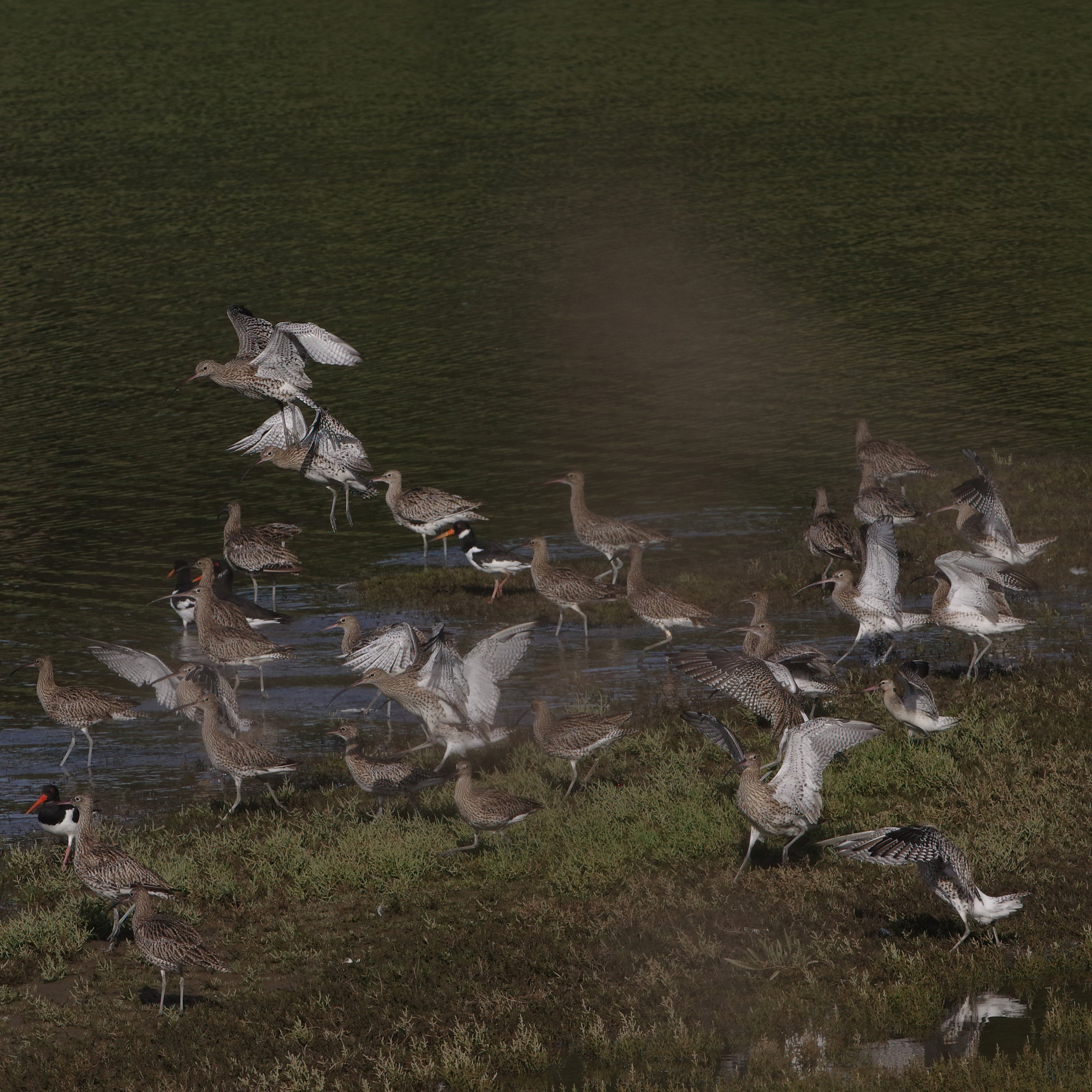
Next to Carnon Mine, a ruined engine house on the water’s edge, local photographer Marie Bird watches them pecking the silted banks for food. Conservationists have identified two ringed birds as regular visitors – one from mid-Wales and the other from the Netherlands. But while they can still be seen, they are vastly fewer in number, drowned out by the harsh honk of Canadian geese and disturbed by the growth in car traffic, dog walkers and foxes.
The Duke of Cornwall, shortly to be crowned King Charles III, is another source of support, having hosted Curlew recovery summits on Dartmoor and at Highgrove. In 2021, he watched more than 80 curlew chicks being released at the Sandringham Estate in Norfolk, having been hand-reared under a Defra project. “It is utterly vital that we work together to turn this iconic bird’s fortunes around,” he noted.
A head start
Once fledged, curlews have a high survival rate – more than 90 per cent – so one aspect of conservation is protecting the environment for breeding pairs and in many cases helping them hatch and raise chicks in a process known as “headstarting”. Eggs laid by curlews in areas of high predation are taken and incubated, reared and then released in habitats where they have the best opportunity to thrive.
Many eggs are found on military sites such as airfields, where curlews enjoy the rough grassland and the relative protection from foxes offered by electric fencing. Although the longer-term results of headstarting are not yet known, early signs are positive. However, the numbers are tiny compared to the shortfall in breeding pairs, which means the biggest impact on curlews continues to be the degradation of breeding habitats and the rise in predators.
Foxes and badgers have all benefited from a decrease in their predators, and scavengers such as ravens, red kite and carrion crow have also increased their predation of vulnerable ground-nesting species due to the loss of dead livestock. Agricultural intensification practices such as silaging mean that fields are drained and converted to grasslands that can be mown several times a season, replacing hay meadows, and with curlews needing 10 weeks to successfully rear and fledge chicks, many are now lost to modern farm machinery.
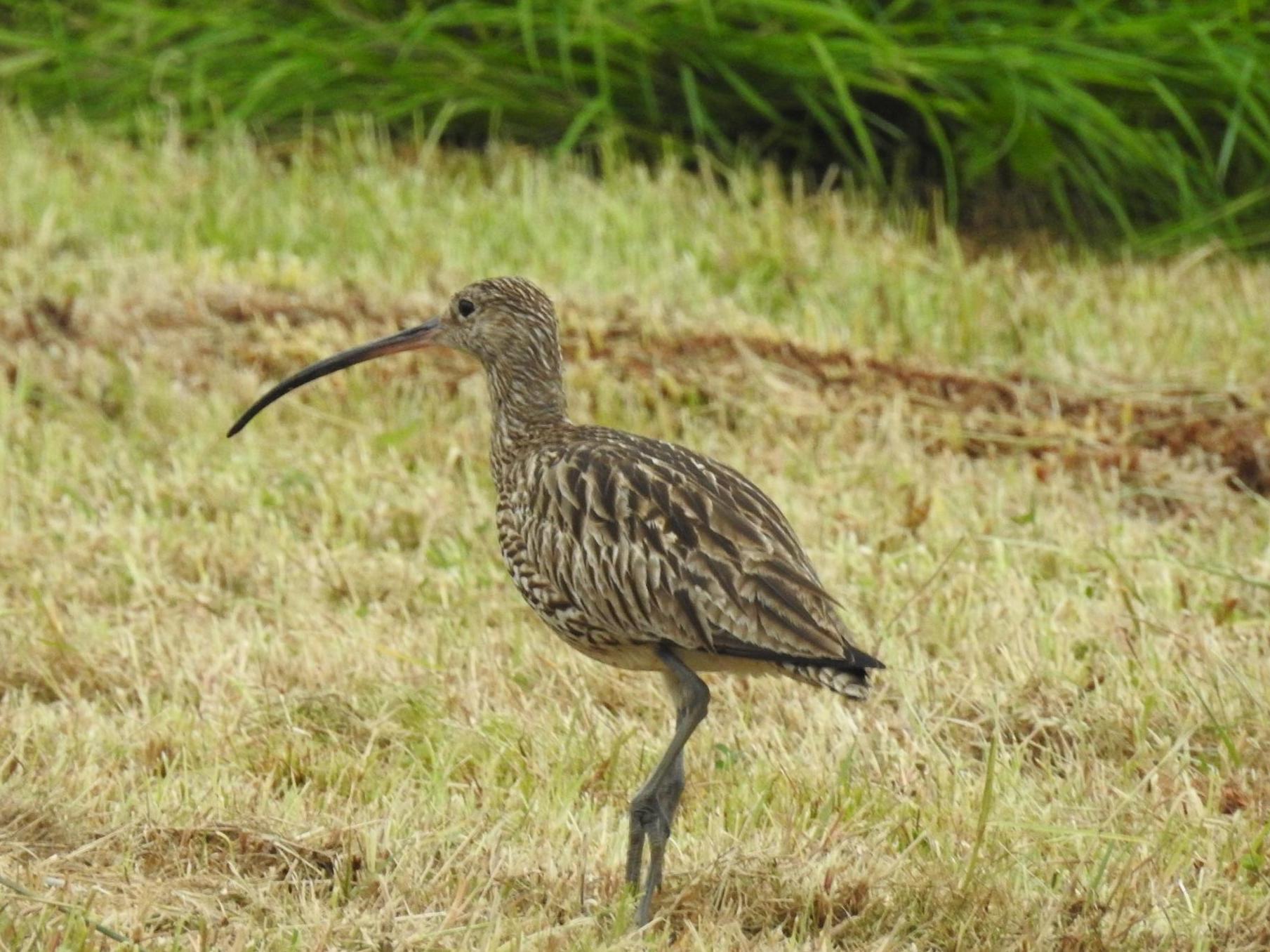
Lethal control of foxes and crows can be highly effective – with one study showing it increased the curlew breeding population by 14 per cent a year, while without it numbers declined by 17 per cent – but controversial. “Predation rates are a massive conundrum that we have to face,” says Colwell.
For now, curlews are breeding better on grouse moors or other areas that are patrolled by gamekeepers and where fewer nests are attacked. Such environments are also good for other birds including lapwing and golden plover. Another threat comes from intense and rapid forestation, driven by the need to fight the climate crisis. This process has been stepped up in marginal upland farming zones, precisely the areas curlews head for.
“Everyone loves trees except curlews,” says Colwell. “Trees provide cover for predators and replace the open grassland that curlews need.”
Complacency is also a danger, given the success of other wildlife recovery schemes. As part of her campaign to drive awareness, Colwell spearheaded a successful decade-long campaign to introduce a GCSE in Natural History. “We’ve got to get out of the mindset in which being a naturalist is to be stuck in a corner of geekdom. If we do that, everything else falls into place.”
Curlew Action is still fundraising to support two PhDs that will help us understand more about habitat and predators that will inform decisions on land management to secure the future of curlews.
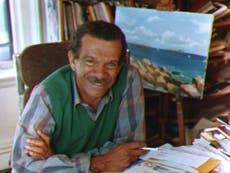





Join our commenting forum
Join thought-provoking conversations, follow other Independent readers and see their replies
Comments